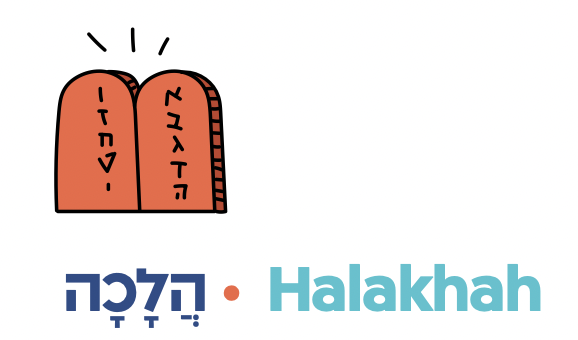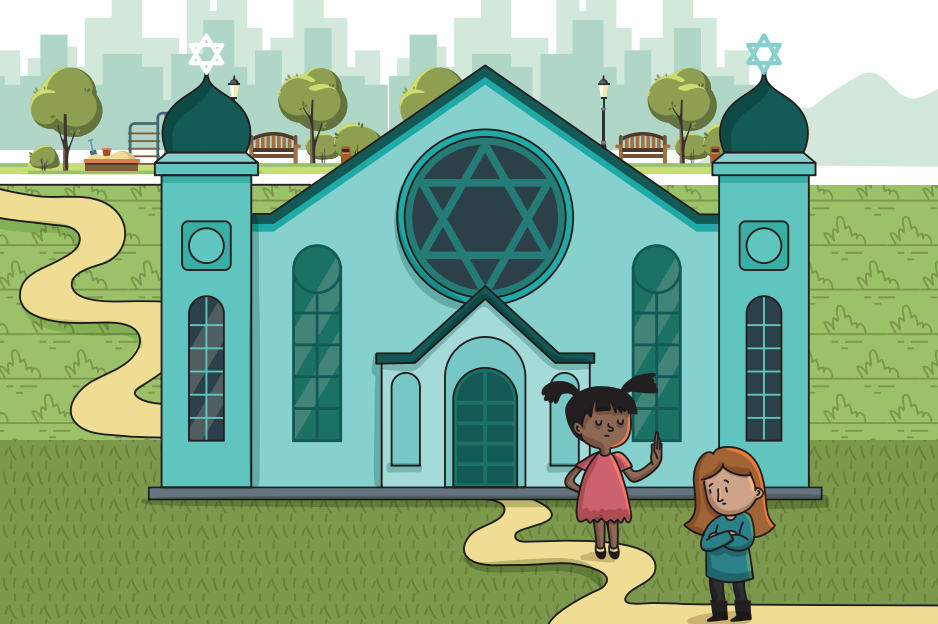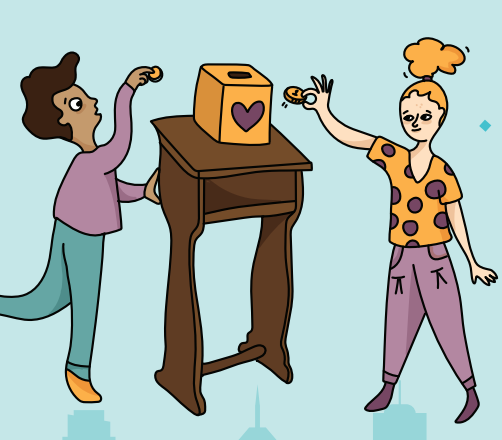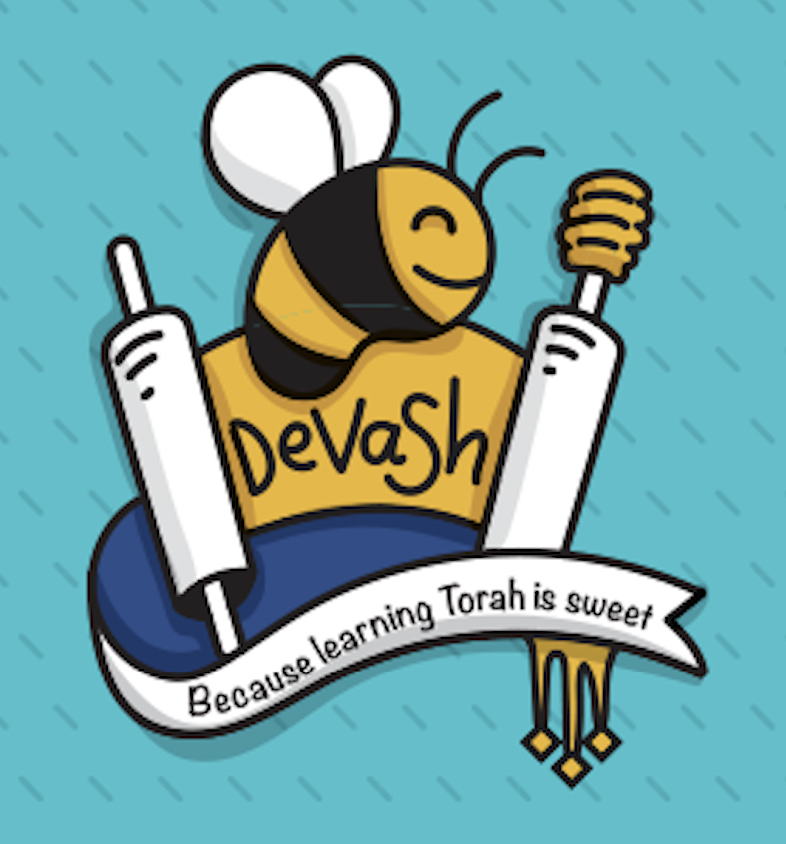Illustration Credit: Elad Lifshitz, Dov Abramson Studio

Halakhah הֲלָכָה
Holy spaces get extra respect. We see this in our parashah, when Aharon learns how to enter the holiest part of the mishkan. He had to bathe, and be dressed a certain way, and follow all the steps to a T.

In the time of the בֵּית הַמִּקְדָּשׁ (Beit Ha-Mikdash, Temple in Jerusalem), there were many rules for how to treat that space properly. These rules applied every day, and to everyone, not just the כֹּהֲנִים (kohanim, priests). For example, people couldn’t use the Beit Ha-Mikdash as a shortcut, and they couldn’t wear shoes, or spit (gross!), inside the Beit Ha-Mikdash (Berakhot 54a).
Today, some of these rules apply in our prayer spaces, and they are in a category of mitzvot called כְּבוֹד בֵּית כְּנֶסֶת (kevod beit knesset, respect for a shul/synagogue). The Gemara gives details (Megillah 29a):
- A beit knesset shouldn’t be used for personal benefit. So we shouldn’t go there just to get out of the rain, or to avoid being in the sun on a hot day. We shouldn’t use a beit knesset as a shortcut to get somewhere else more quickly.
- If you have to step into a beit knesset to get a person from there, or because you forgot your book in there, or for something else that isn’t praying or learning Torah, it’s recommended that you stay a minute or two and recite a mishnah or a pasuk.
- We shouldn’t do business or handle money in a beit knesset unless it’s for a mitzvah, like giving צְדָקָה (tzedakah, charity).
- We shouldn’t eat, drink, or sleep in a beit knesset.

-------------------
-------------------





